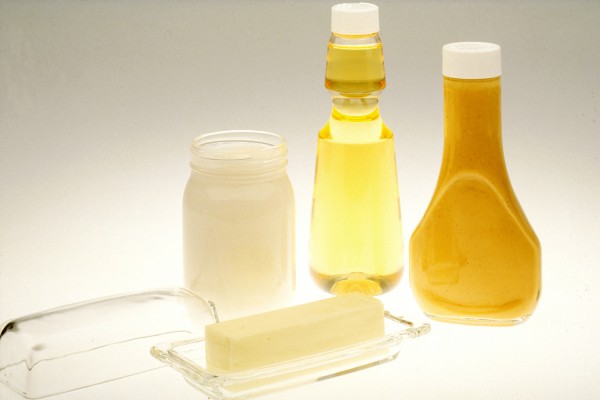When residual oils and cooking fats are poured into the sink and down the drain, a whole host of plumbing problems can occur, in addition to fairly substantial health and environmental risks. Cooking oils and fats eventually solidify, clogging your drain, creating an unpleasant smell in your sink, and even sometimes permeating through your kitchen area.
But it isn’t just your kitchen drain pipes that suffer. Sewer pipes can become clogged with fats, greases, and oils, and this can result in basement floods and sewage back-up, which is always a disgusting experience. Nobody wants to clean them up, or pay to clean up. It’s expensive and unhealthy to handle this waste as well as time consuming for all concerned.
It is estimated that the primary source of a colossal 50 percent of all sanitary sewer system overflow incidents is fat blockage in sinks and pipes that lend to 10 billion gallons of raw sewage spills occurring annually.
According to Bit.org.uk, Thames Water customers (55,000 of them) endure sewer blockages due to fat deposits that drain into sewers. These collections of fats solidify, resulting in the sewer blockage on a yearly basis. Commencing from 2009, sewer blockages have increased in number by 1,000 each proceeding year with 7,000 people having the horrific experience of messy and costly sewage back-up in their homes, basements, and yards each year.
What is a Fat Trap
Fat traps are utilized to prevent grease, oil, and fat from entering the sewer system. The mechanism works to catch all the waste (fats) that collects in the drain in a separate location. Water that exists within the trap serves to cools the grease down, turning it into a solid. It then rises to the top of the trap where proper removal and subsequent disposal can occur.
Fat traps are a requirement by law in most locations for establishments that serve food as this protects against sewer problems and complications that can become a financial burden and can waste valuable time.
Fat traps are generally used in restaurants and cafeterias, but can be installed in private homes. Fat traps can be purchased from most common plumbing supply companies and quite often can be obtained from restaurant supply companies, which exist online as well as in physical brick and mortar locations. These systems range from costly to surprisingly inexpensive.
Depending on where you look, some companies will even give you a fat trap for free. But even the costly models will save money and time in the long-run for everyone involved.
5 Reasons a Fat trap Might be For you
Let’s sum this up. If you want any of these benefits, then a fat trap might be for you.
1. Fat traps reduce waste in dumps and prevents fat from damaging your drains, pipes, and sewer.
2. Recycled grease from fat traps can actually be used to manufacture bio-fuel.
3. Fat traps reduce pollution to bodies of water in your locale.
4. Fat traps contain food waste and reduce the collection of bacteria in sinks and drains.
5. Fat has an unsavoury odour when backed up in drains. Trapping and removing it makes your kitchen smell nicer!
Fat traps facilitate a clean environment, power cities and towns with a green and renewable energy source, and saves multitudes of money while keeping kitchen cooking areas and drains clean, smelling pleasant and healthy, and perhaps best of all, keeps your drains and city and town sewer systems running smooth and efficiently while serving to not create messy, disgusting, and costly waste backup problems.
Fraser Ruthven is the Growth and Strategy Manager for the capitals most trusted and reliable drainage companies – London Drainage Facilities
